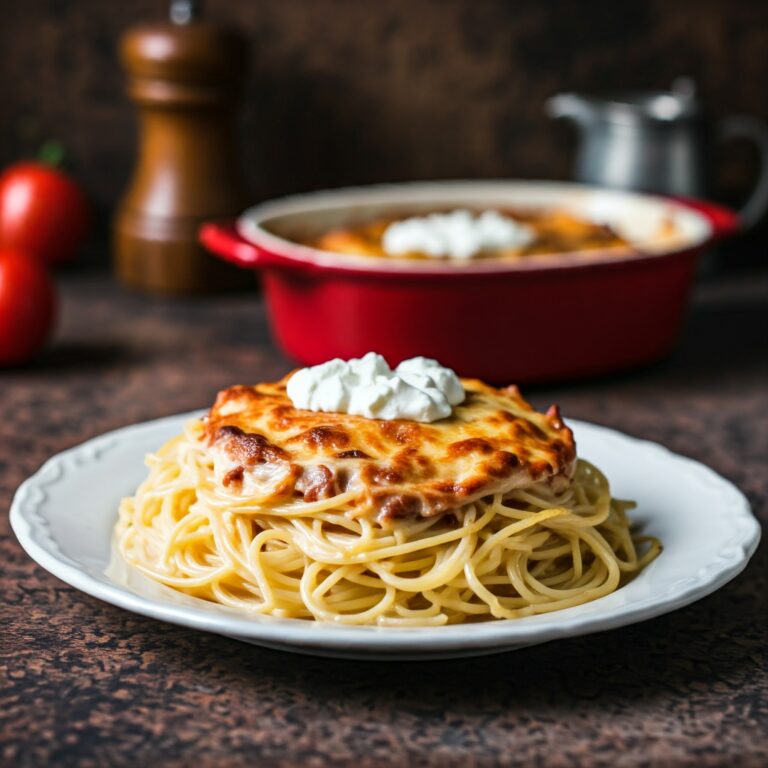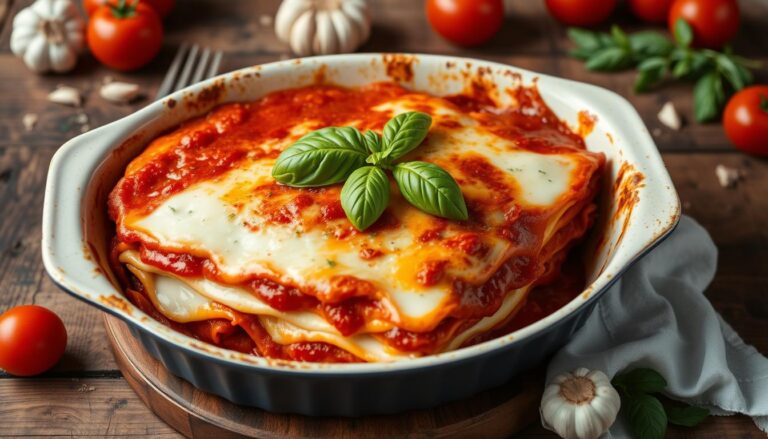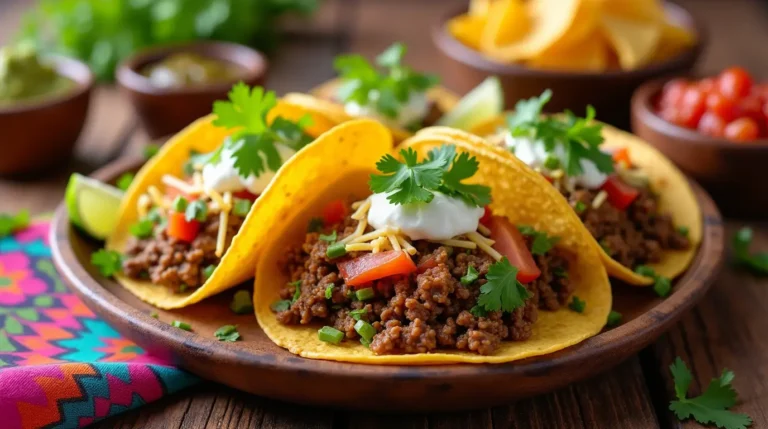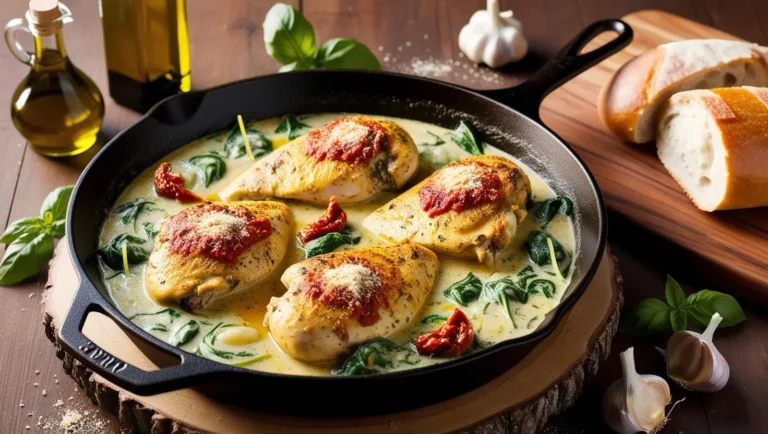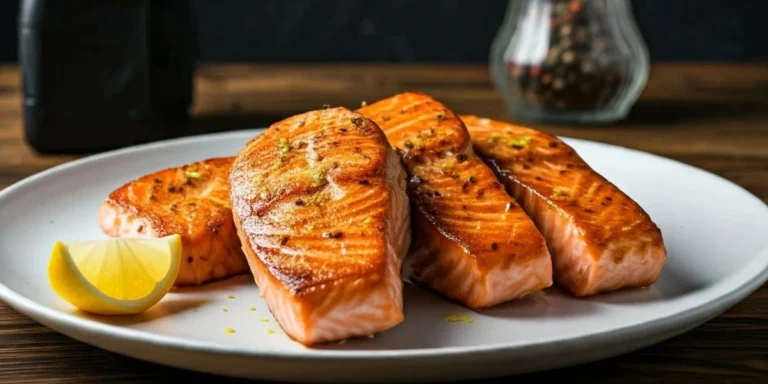Classic Pasta and Peas Recipe: A Quick Italian Meal
Table of Contents
Pasta e piselli, or pasta and peas, is a beloved dish worldwide. It’s a simple yet flavorful meal that shows the power of quality ingredients and traditional cooking. What makes this dish so special? Let’s explore its captivating history and why it’s so irresistible.

Key Takeaways
- Pasta e piselli is a classic Italian comfort food dish featuring pasta and fresh peas
- The recipe is quick and easy to prepare, making it an ideal weeknight dinner option
- This one-pot meal is packed with flavor and nutrition, making it a versatile and satisfying choice
- Pasta e piselli has deep roots in traditional Italian home cooking and Mediterranean cuisine
- Selecting the right ingredients and following a few simple techniques can ensure the perfect pasta and peas dish
What makes pasta and peas such an enduring and beloved dish in Italian cuisine? Discover the cultural significance and culinary secrets behind this timeless classic.
Introduction to Traditional Italian Pasta e Piselli
Pasta e piselli is a classic Italian dish with deep roots in the country’s culinary history. It’s a simple yet flavorful mix of pasta and peas. This dish shows the importance of traditional recipes in Italy’s Mediterranean diet.
Origins in Italian Home Cooking
Pasta e piselli started as peasant food. Italian families made it with what they had. Peas were a common ingredient, used in many dishes, including this one.
Cultural Significance in Mediterranean Cuisine
Now, pasta e piselli is a key part of Italian traditional recipes and the Mediterranean diet. It’s known for its simplicity and use of fresh ingredients. This dish is loved in Italian homes, showing the country’s culinary traditions.

Essential Ingredients for the Perfect Pasta and Peas
Making a great pasta and peas dish needs the right ingredients. You need the best pasta shape and the freshest peas. Each part is key to a tasty and balanced meal.
The pasta is the base of this Italian classic. Recipes often use small shapes like ditalini or tubetti. But, you can try other shapes like orecchiette or penne. Choose a semolina-based pasta for a firm bite.
Fresh peas are the main attraction. They’re sweeter and tender than frozen peas. Look for the plumpest, greenest peas at markets or stores when they’re in season.
The dish also needs olive oil and Parmesan cheese. Use extra-virgin olive oil for a rich flavor. Freshly grated Parmesan adds a savory taste. And, garlic is essential for its aroma.

With these ingredients, you’re ready to make a delicious pasta and peas dish. It will be a true taste of Italian home cooking.
Kitchen Tools and Equipment Needed
To make a tasty pasta and peas dish, you need some key tools. A pasta pot and a colander are must-haves. They help you cook like a pro and make your meal feel like it’s from Italy.
Essential Cookware
- A large pasta pot or Dutch oven for boiling the pasta
- A colander for draining the cooked pasta
- A saucepan or skillet for sautéing the peas and other ingredients
- A sharp chef’s knife for chopping fresh herbs and vegetables
- A sturdy wooden spoon for stirring and mixing the pasta and sauce
Optional Kitchen Gadgets
Some cooking utensils can make your pasta and peas dish even better:
- A kitchen scale for accurately measuring ingredients
- A garlic press for finely mincing garlic cloves
- A vegetable peeler for shaving Parmesan cheese or other garnishes
- A food processor or blender for creating a smooth, creamy sauce
Measuring Tools
Getting the measurements right is key for a great pasta and peas dish. Make sure you have these tools:
- Liquid measuring cups for accurate portioning of liquids
- Dry measuring cups and spoons for measuring dry ingredients like pasta and herbs
- A kitchen scale for weighing ingredients like fresh peas
With the right cooking utensils, pasta pot, colander, and kitchen scale, you’re ready to make a delicious pasta and peas dish.
Step-by-Step Pasta and Peas Recipe
Get ready for a tasty pasta adventure with our Pasta and Peas recipe. This classic Italian dish pairs perfectly cooked pasta with fresh peas. Follow our easy steps to make a meal that’s full of Mediterranean flavor.
- Start by boiling a large pot of salted water. Add the pasta and cook for 8-10 minutes, as the package cooking instructions suggest.
- While the pasta cooks, make the pea sauce. In a skillet, cook minced garlic in olive oil over medium heat for 1-2 minutes.
- Next, add the fresh or frozen peas to the skillet. Cook for 2-3 minutes, stirring often, until they’re tender.
- Then, pour in some broth or white wine. Let it simmer for 5-7 minutes to blend the flavors.
- Once the pasta is done, drain it and mix it with the pea sauce in the skillet. Toss until the pasta is well coated.
- Season the pasta and peas with salt, pepper, and fresh herbs like basil or parsley.
- Finally, serve the dish warm. Add more herbs or a sprinkle of Parmesan cheese if you like.
By following these easy cooking instructions and recipe method, you can make a delicious pasta and peas dish at home. It’s perfect for a quick weeknight meal or a special Italian-inspired dinner.
Tips for Selecting and Preparing Fresh Peas
Creating the perfect pasta e piselli (pasta and peas) dish starts with the peas. Whether you choose fresh or frozen peas, knowing the difference is key. It helps you get the best taste and texture.
Fresh vs. Frozen Peas
Frozen peas are easy and reliable. But fresh peas offer a unique taste and texture. They add a vibrant color and sweetness to your dish. But, the quality can change with the season and where you are.
Seasonal Availability Guide
- Spring: Find tender, sweet English peas or snow peas in spring.
- Summer: Shelling peas, or garden peas, are juiciest in summer.
- Fall: Sugar snap peas and snow peas return in fall, adding crunch.
Always pick pea varieties that are bright, firm, and without spots. Fresh peas make your dish taste better and are healthier. They keep their nutritional quality and frozen vegetable quality high.
Sauce Variations and Flavor Enhancements
Make your pasta and peas dish even better by trying out different sauces and ingredients. You can choose from a creamy cream sauce or a light vegetable broth. There are many ways to make this Italian classic your own.
Think about what sauce you want. A cream sauce with heavy cream or half-and-half makes it rich and smooth. Or, a vegetable broth or white wine sauce can give it a lighter, more subtle taste.
- Try adding different herb additions like basil, rosemary, or parsley. They can make the dish smell and taste amazing.
- Adding a bit of pancetta option can add a savory, salty flavor that goes well with the peas.
- Top it off with some Parmesan cheese or olive oil. They add richness and depth to the dish.
| Sauce Variation | Flavor Profile | Recommended Additions |
|---|---|---|
| Cream Sauce | Rich, indulgent, and velvety | Parmesan cheese, garlic, fresh herbs |
| Vegetable Broth | Light, aromatic, and delicate | Lemon zest, white wine, fresh peas |
| Pancetta Option | Savory, salty, and umami-rich | Garlic, onions, fresh thyme |
Try different sauces, herb additions, and pancetta to make your pasta and peas dish unique. Be creative and find the flavor you love. It’s all about making it your own.
Nutritional Benefits and Health Considerations
Pasta e piselli is a classic Italian dish loved for its taste. It’s also packed with nutrients, making it a healthy choice for many diets. The mix of pasta and peas gives you vegetarian protein, complex carbs, and fiber.
Protein and Fiber Content
One serving of this dish has about 10 grams of protein, mostly from the peas. Peas are a top choice for plant-based protein, perfect for vegetarians and those looking for low-fat options. Plus, the dish is rich in fiber, thanks to the peas, which helps with digestion and keeps you full.
Caloric Information
| Nutrient | Amount per Serving |
|---|---|
| Calories | 300 calories |
| Total Fat | 5 grams |
| Carbohydrates | 50 grams |
| Protein | 10 grams |
Dietary Adaptations
For those on a gluten-free diet, you can swap traditional pasta for gluten-free pasta. You can also use low-fat cheese or dairy-free options to meet dietary needs or preferences.
Pasta e piselli is a nutritious and flexible dish. It’s great for a balanced diet, offering health benefits and dietary options for everyone.
Wine Pairing and Serving Suggestions
When pairing Italian white wines with pasta and peas, think about the flavors. This classic Italian dish needs crisp, clean white wines. They should enhance the meal without overpowering it.
Pinot Grigio is a great choice. It’s a popular Italian white wine with bright acidity and citrus notes. Its clean taste goes well with the peas and pasta. You can also try Verdicchio or Greco di Tufo for a bit more complexity.
For the serving temperature, chill your Italian white wines to 45-50°F (7-10°C). This makes the wine crisp and refreshing. It pairs well with the pasta and peas.
For side dishes, add a simple green salad or crusty Italian bread. These dishes complement the meal. They make the dining experience balanced and enjoyable.
| Wine Varietal | Flavor Profile | Serving Temperature |
|---|---|---|
| Pinot Grigio | Crisp, clean, with citrus notes | 45-50°F (7-10°C) |
| Verdicchio | Mineral-driven, with subtle complexity | 45-50°F (7-10°C) |
| Greco di Tufo | Aromatic, with a touch of acidity | 45-50°F (7-10°C) |
Storage and Reheating Guidelines
Storing and reheating leftover pasta and peas is key for food safety and taste. By following a few easy steps, you can enjoy your meal prep leftovers safely and well.
To store leftover pasta and peas, put them in an airtight container. Then, refrigerate them within two hours of cooking. This stops harmful bacteria from growing and keeps the flavors bright. When reheating, keep these tips in mind:
- Warm the pasta and peas in a saucepan over medium heat, stirring now and then, until hot. Don’t microwave, as it can dry out the dish.
- If it’s too dry, add a bit of water or broth to moisten the pasta and peas.
- Reheat only what you’ll eat, as reheating too much can ruin the texture and taste.
By sticking to these storage and reheating tips, you can safely enjoy your leftover pasta and peas. This way, you keep the dish tasty and safe to eat.
Common Mistakes to Avoid When Making Pasta e Piselli
Making pasta e piselli, a classic Italian dish, can be a fun experience. But, there are common mistakes to watch out for. These mistakes can affect the pasta’s texture, the seasoning, and the sauce’s smoothness.
Cooking Time Pitfalls
One big mistake is overcooking the pasta. It should be al dente, with a bit of bite. This helps it pair well with the soft peas. If the pasta is too mushy, it’s not good. Also, peas that are not soft enough can ruin the dish.
Seasoning Balance Tips
Getting the seasoning right is key for a tasty pasta e piselli. Too much salt makes it bad, while too little makes it taste flat. Use salt, pepper, and herbs wisely to enhance the peas’ sweetness and the pasta’s flavor.
The sauce’s consistency is also important. A too-thin sauce leaves the pasta feeling unfinished. But, a too-thick sauce can make the dish heavy. The goal is a smooth sauce that coats everything well, blending the flavors together.
By avoiding these common mistakes and following the right cooking and seasoning tips, you can make a delicious pasta e piselli. It will be a dish that pleases the senses and satisfies your taste buds.
Conclusion
In this journey, we’ve explored the classic Italian dish of pasta and peas. We’ve seen its rich history and cultural importance. We’ve also learned how to make this beloved meal.
This pasta e piselli recipe is perfect for a quick dinner or to add to your pasta collection. It’s full of flavor, healthy, and easy to make. It’s a great choice for any home cook.
We invite you to enjoy this timeless dish and try new versions. Pasta and peas shows how simple ingredients can make a delicious meal. Buon appetito!
FAQ
What are the essential ingredients for making an authentic pasta and peas dish?
To make traditional pasta e piselli, you need pasta like ditalini or small shells. You also need fresh or frozen peas, Parmesan cheese, olive oil, and garlic. These ingredients make the classic Italian dish.
What are the best types of pasta to use for pasta and peas?
For pasta and peas, use small pasta shapes like ditalini, small shells, or tubetti. These shapes fit well with the peas, making the dish smooth.
Can I use frozen peas instead of fresh peas?
Yes, frozen peas are a good substitute for fresh peas. They are nutritious and available all year, even when fresh peas are not.
What are some tips for selecting and preparing fresh peas?
Choose fresh peas with bright, green pods that are plump and without blemishes. Shelled peas should be bright green and firm. For the best taste, use peas in season and eat them soon after picking.
What kitchen tools and equipment are essential for making pasta and peas?
You’ll need a large pot for cooking pasta, a colander for draining, and a skillet for sautéing. Also, a wooden spoon, a cutting board, and a knife are necessary for prep.
Can I make variations to the classic pasta and peas recipe?
Yes, you can make the dish your own. Try different sauces, like creamy or broth-based. Add pancetta, herbs, or spices to change the flavor.
What are the nutritional benefits of pasta and peas?
Pasta and peas are nutritious. Pasta gives you carbs and protein, while peas offer fiber, vitamins, and minerals. Together, they make a healthy meal.
How should I store and reheat leftover pasta and peas?
Store leftovers in an airtight container in the fridge for 3-4 days. Reheat by adding water or broth and warming it gently on the stovetop or in the microwave.
What are some common mistakes to avoid when making pasta and peas?
Avoid overcooking pasta to prevent it from becoming mushy. Also, don’t underseason the dish. Make sure the pasta and peas are cooked right and mix well.


